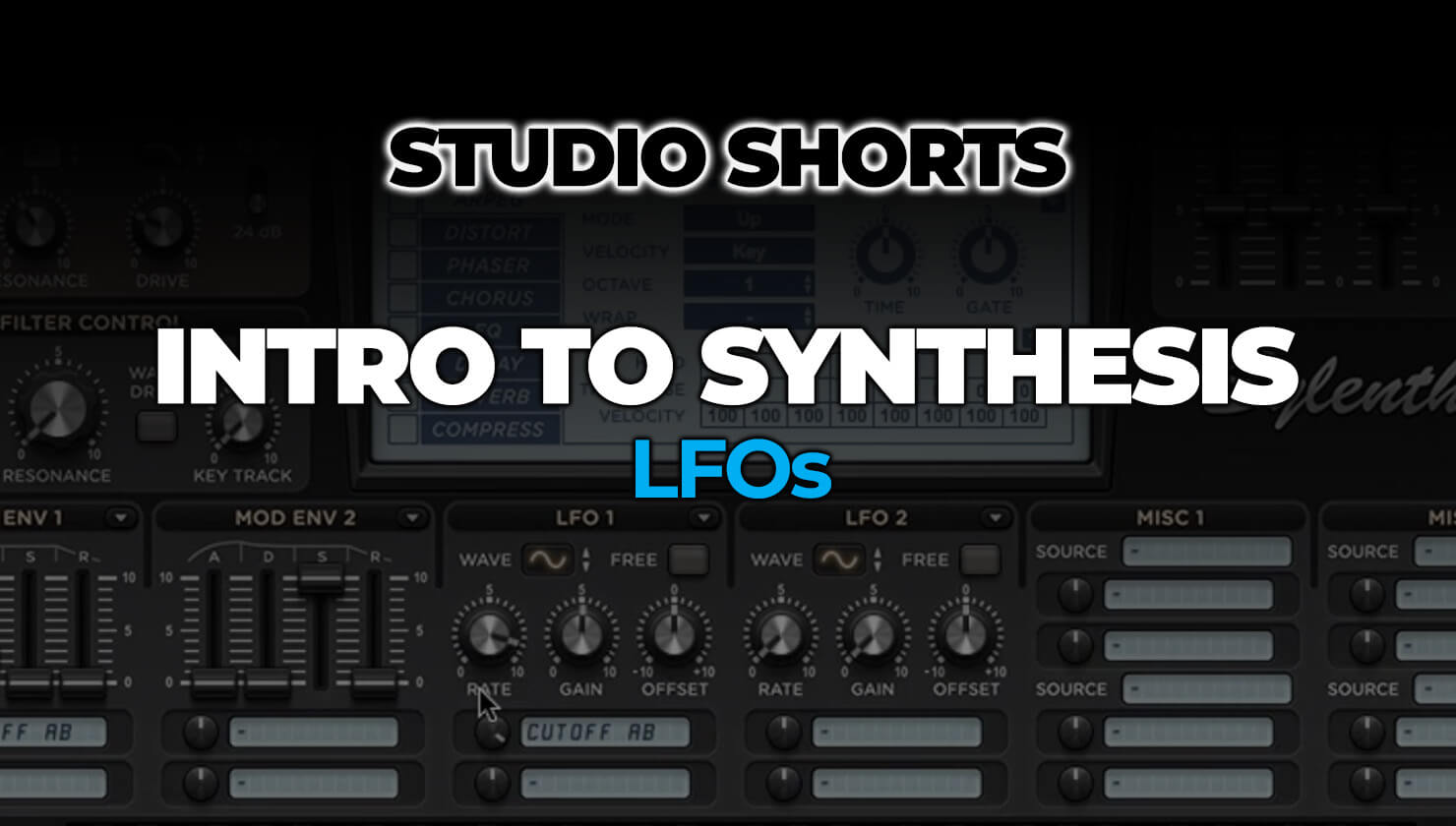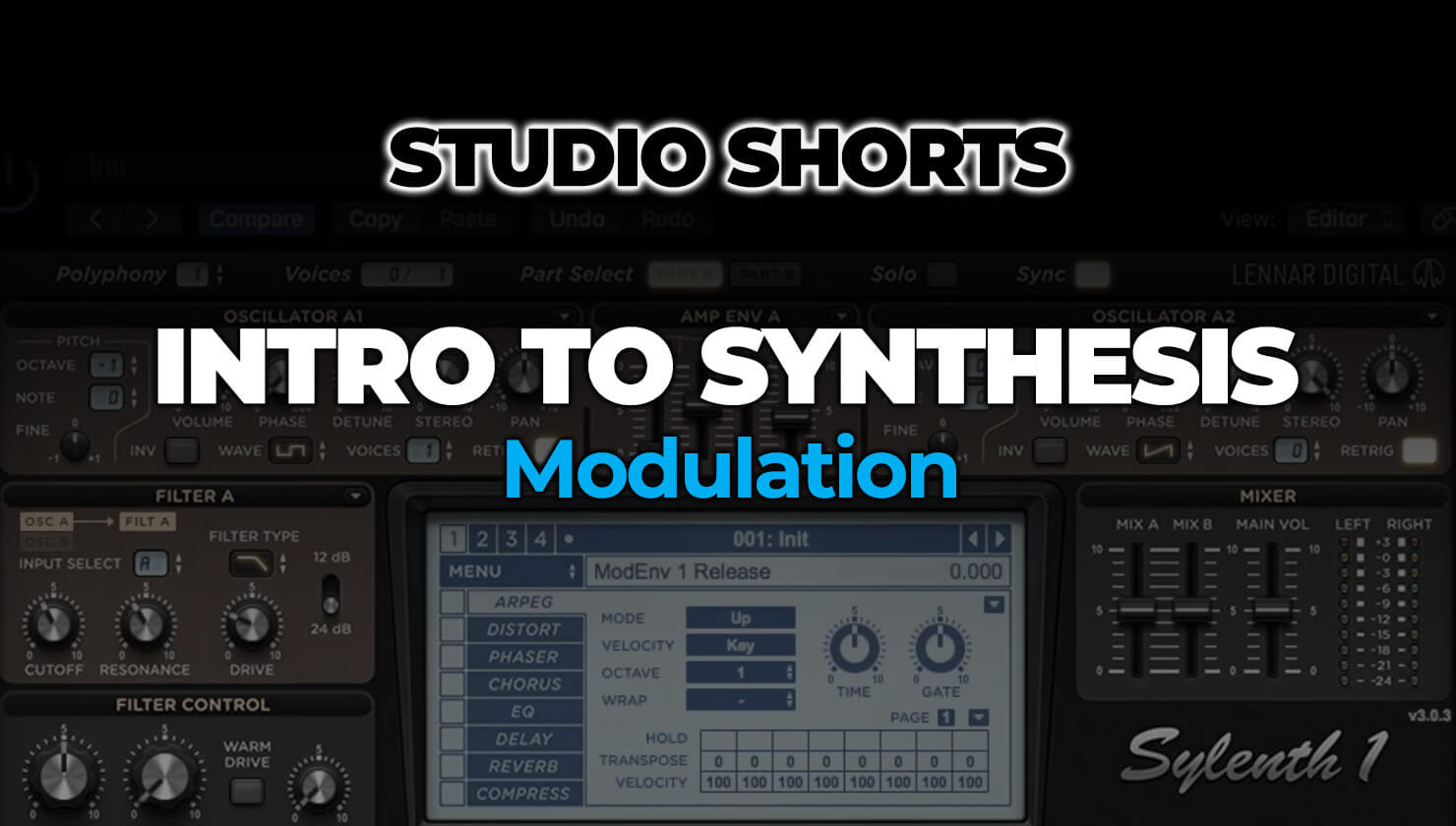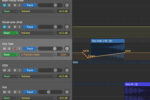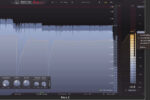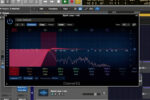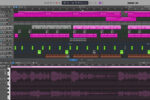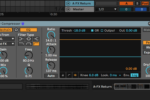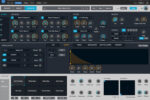How do LFO tools work?

LFO tools and in particular LFO shaping plugins are a great way to add interest when designing sounds. But what are they and how do they work?
The basics of signal flow
If you’re new to synthesis, it usually doesn’t take long to begin to understand the signal flow of how most analogue synthesisers work. Whilst different instruments have their individualities and quirks, often they build and shape sounds using similar sonic pathways.
A sound begins in the Oscillator section, where a waveform, or wave shape, is selected. Each option here features a combination of harmonics, giving the core of the sound either a simple, pure foundation, or a complex, more involved one.
From the Oscillator section, a sound moves into the Filter, where its tone is shaped by a process of removing or enhancing particular harmonics within the Oscillator’s waveform.
And from the Filter, the sound moves onto the Amplifier section, where its Volume is controlled and shaped. So far, so simple: Oscillator (to control pitch and harmonic ‘footprint’) > Filter (tone) > Amplifier (volume).
What about modulation?
However, if you look at all but the most basic synthesisers, you’ll discover more sections which can influence the way a sound behaves and these include Modulators. Put simply, Modulators are ‘interruptors’, which take control of the Oscillator, Filter and Amplifier modules to shape their behaviour.
Let’s take an example.
Suppose you have a synth sound made from a couple of Oscillators, flowing through a Filter to the Amplifier section. Sure, you can hear it but, in all probability, a simple patch like that would produce a long, sustained, unyielding sound. After all, there’s nothing to control the Volume’s behaviour. No controller is telling the Volume to stop, which isn’t so great if you’re trying to make a punchy sound like a synth pluck.
What you need is a way to shape Volume behaviour, so that your sound starts immediately and dies away quite quickly too. To do this, you’ll need an Envelope routed to the Amplifier.
Envelopes typically provide four controllers; Attack, Decay, Sustain and Release, and they let you choose how a sound behaves over time. They can do more than control volume too; you could use an Envelope to control the Filter behaviour, to have the start of a sound ‘bite brightly’ before becoming more muted, or to control Pitch, to add a little tuning offset to the start of each note.
LFO shaping
The other common module you’ll find in an analog synthesiser is an LFO section and the tools here interrupt signals in a different way to Envelopes.
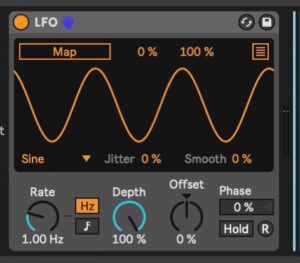
We know that a synth’s main Oscillator section produces a wave shape made up of various harmonics which form the backbone of a sound. As its name suggests, a Low Frequency Oscillator (or LFO) is also an Oscillator (and therefore also a wave shape) but rather than its output being audible, LFOs are control waves. Their undulating shape can be used, like Envelopes, to interrupt a signal’s flow, to deliberately change it in interesting ways.
Applying LFOs to synth sections
Let’s suppose you use an LFO to produce a basic sine wave shape which cyclically slopes up and down. And then let’s suppose that you choose to patch this shape into the main Oscillator section, where pitch is controlled. Suddenly, the pitch will start to rise and fall, controlled by the LFO. Or, if you were to patch the LFO into the Filter section, the tone would open and close, producing alternately bright and dull sounds. Finally, let’s suppose you patched the LFO into the Amplifier. Now it would control volume, with sounds getting louder and then quieter. Change the LFO’s shape to a square wave, speed it up and suddenly, you’ve got the effect we call Tremolo, with volume switching on, off, on, off…
Why do we need LFO tools?
So, beyond the inclusion of LFO sections in synths, why do some DAW and third-party plugin manufacturers offer LFO tools?
Well, let’s suppose you want to apply the capabilities of this kind of Modulation to sounds outside of a synthesiser’s workflow. You might have an audio drum loop and you want to shape the way its Filter rises and falls; nothing would be better than an LFO to control this, and yet audio files aren’t synthesisers. You’d need a dedicated LFO tool to let you shape this kind of behaviour.
What can LFO tools do?
LFO tool plugins tend to offer similar parameters. Firstly, you’ll want to choose a wave shape. Often, you’ll have plenty of options here – beyond the basic sine and square wave shapes mentioned above, the best LFOs let you create myriad shapes, including wild and unpredictable ones, or sequence-like stepped offsets.

You’ll also want to choose the speed of an LFO’s behaviour. Usually, you’ll want to clock its rate to the tempo of your project, so that its movement is ‘in time’ with your track, so you’ll often find rate controls to select 1/16th, 1/8th or 1/4 notes, alongside triplet and dotted notes.
There’s usually a Depth control too, to let you decide how strongly your signal will be processed by the LFO’s shape. More Depth equates to a more obvious effect.
But most importantly, just as the LFO section of a synthesiser lets you patch its output into several destinations, so LFO tool plugins do too. They might allow a direct path into a plugin of choice to let you shape Tone, Volume, Pan, Pitch or another parameter. Or they might let you choose a MIDI Controller as an output destination, so that you’re free to route this into any parameter of any plugin you can imagine. Want to shape the Bit-Rate Reduction of a Bitcrusher plugin? No problem, now your sounds will oscillate between pristine and crunchy.
Endless sound shaping opportunities
Think of LFOs as being like the wind; you can’t see it but you can see the effect it has on trees and the rain, as blows through them, changing their behaviour. Similarly, on their own, LFOs are silent. But connect them to the synth modules or parameters of your choice and suddenly, you have opportunities to shape sounds in all kinds of creative ways.
To find out more about how you can use LFOs in your sound design work, check out D.Ramirez’s Studio Short lesson on LFOs.
Or watch his free lesson on Modulation.
